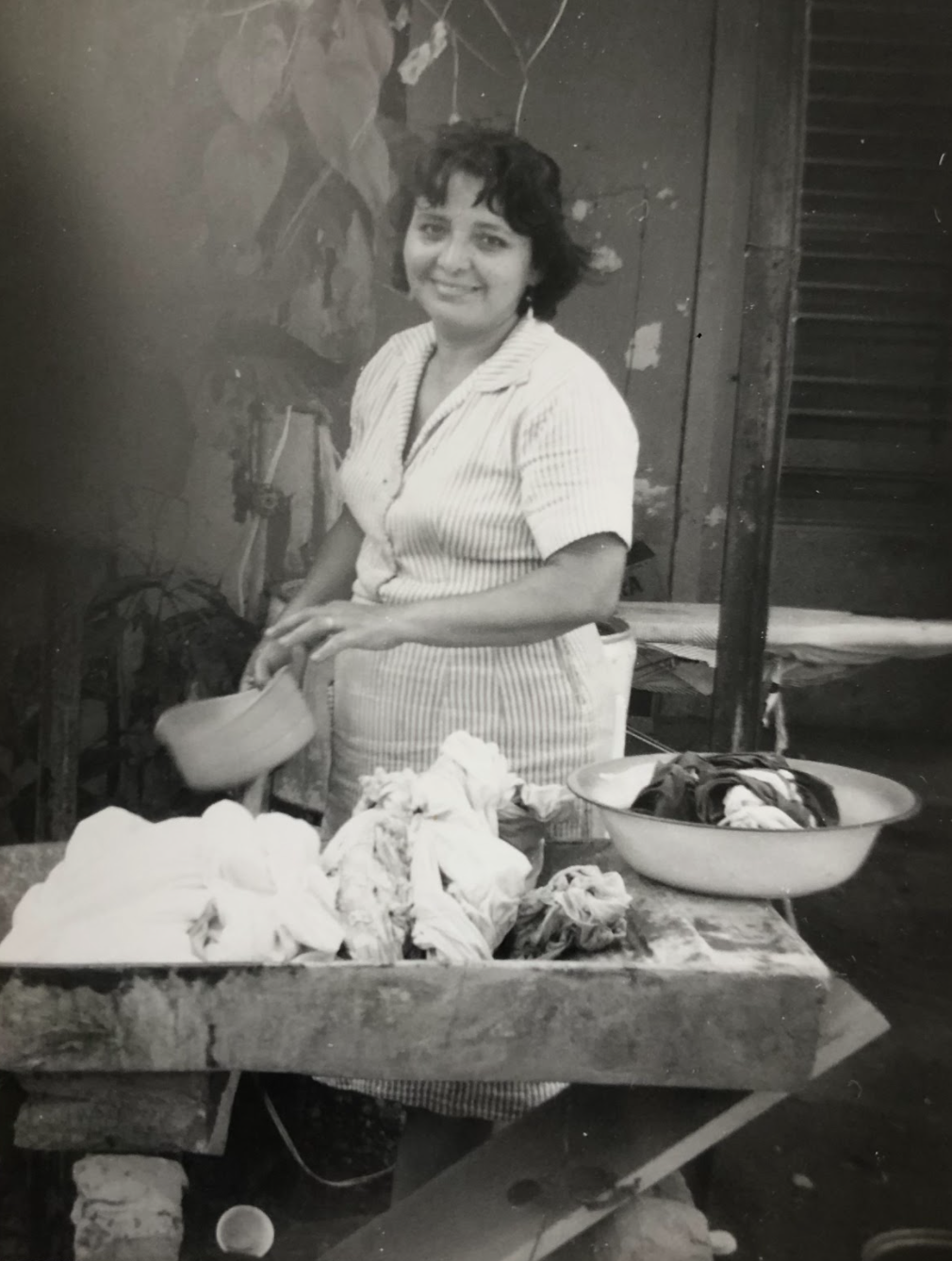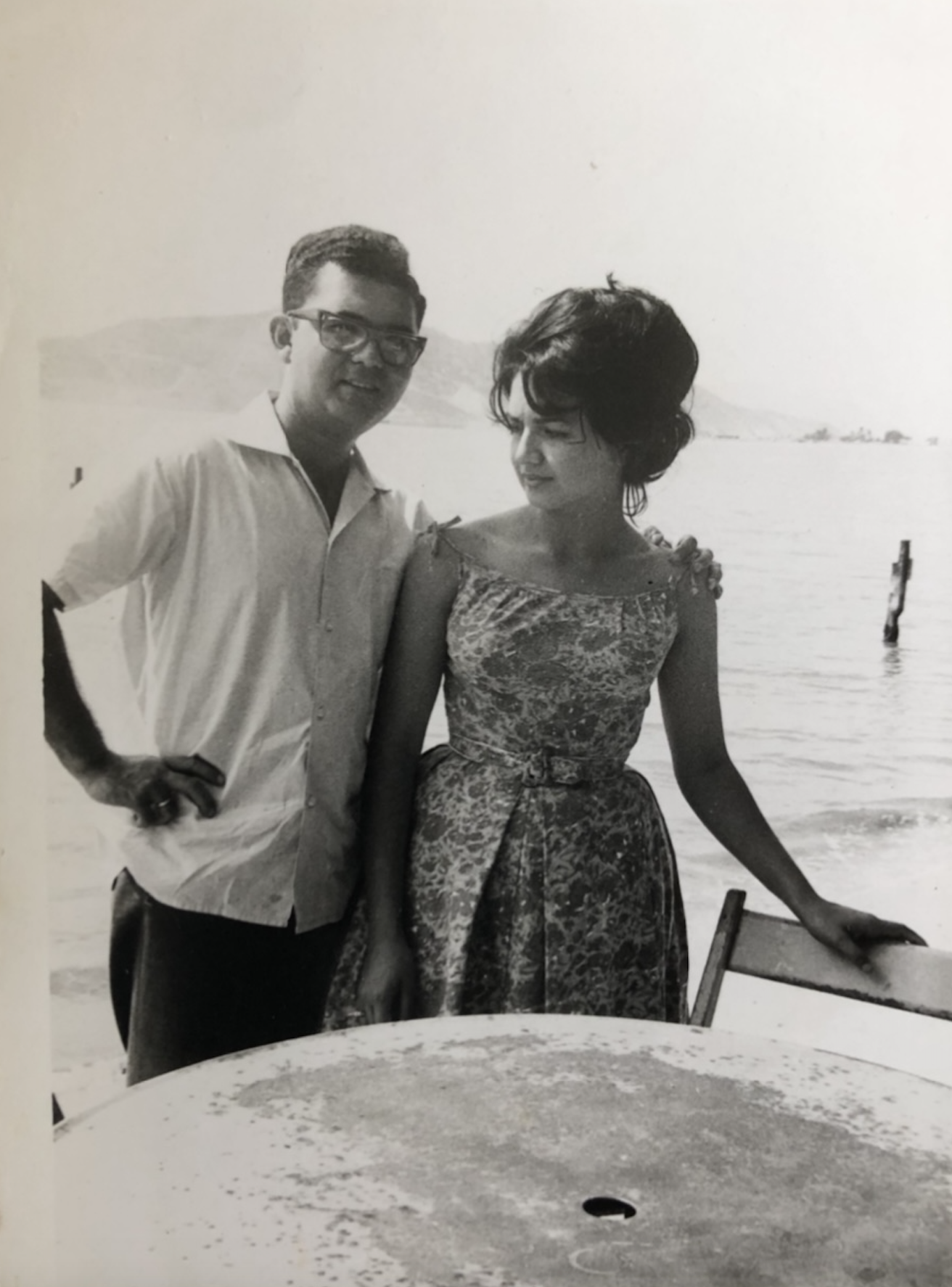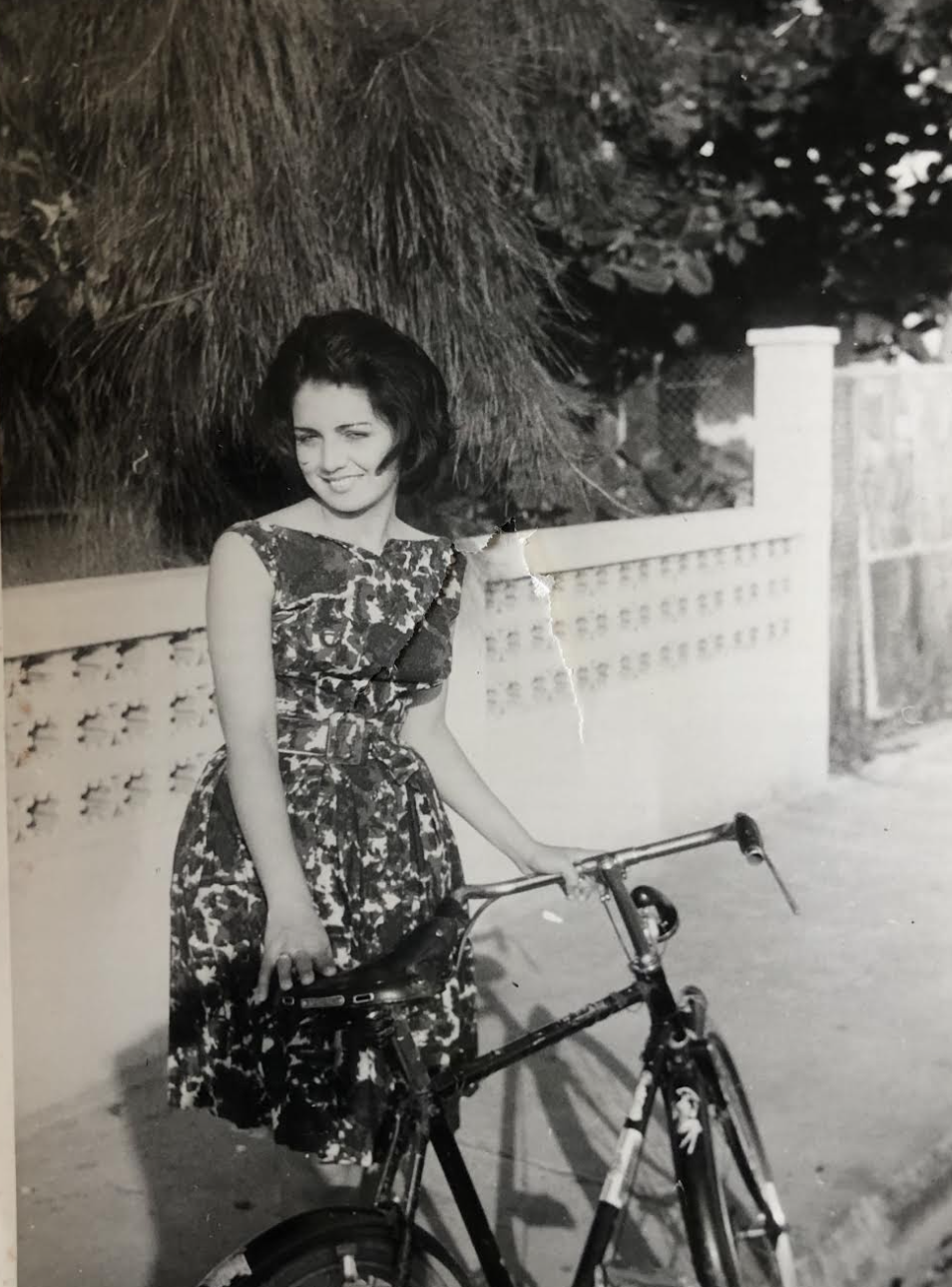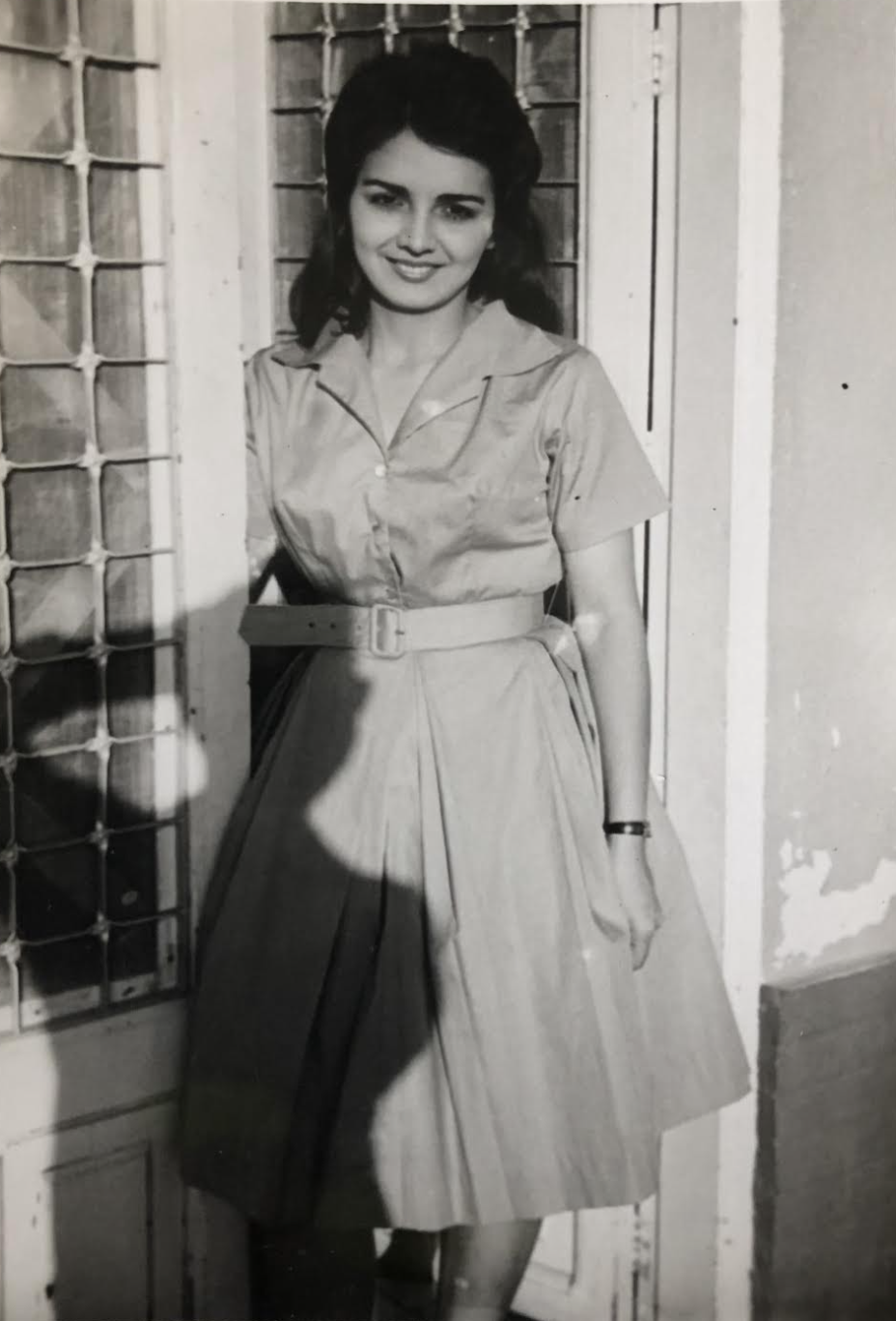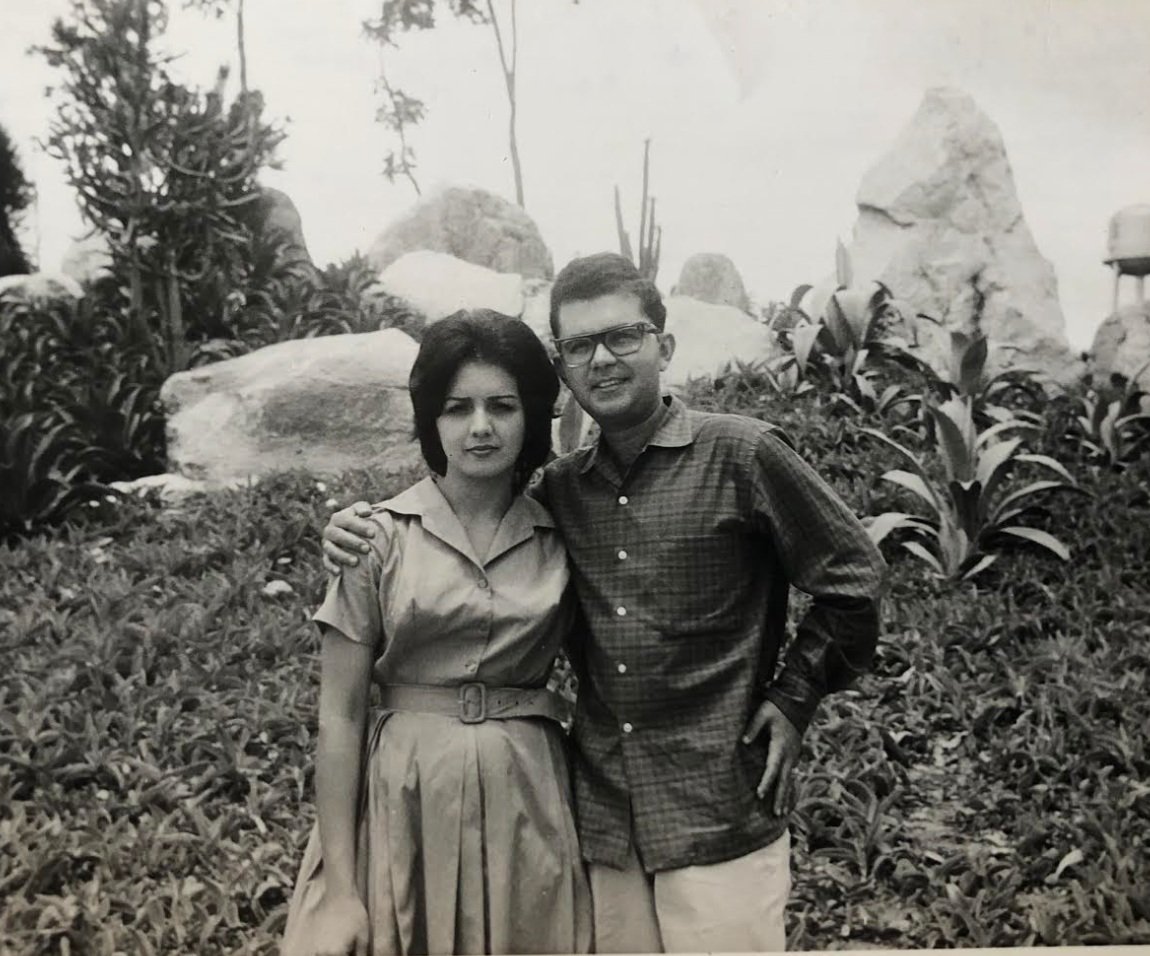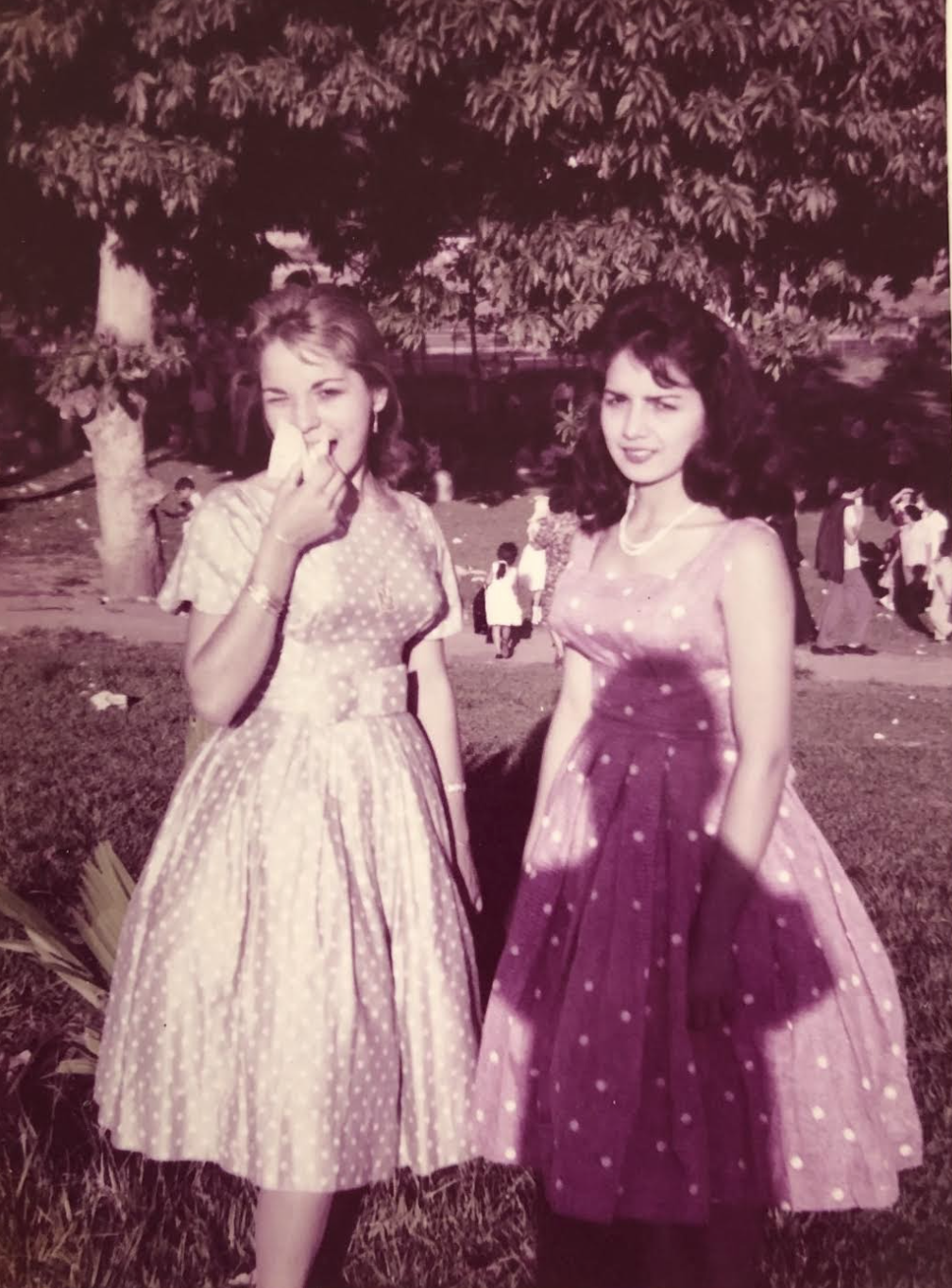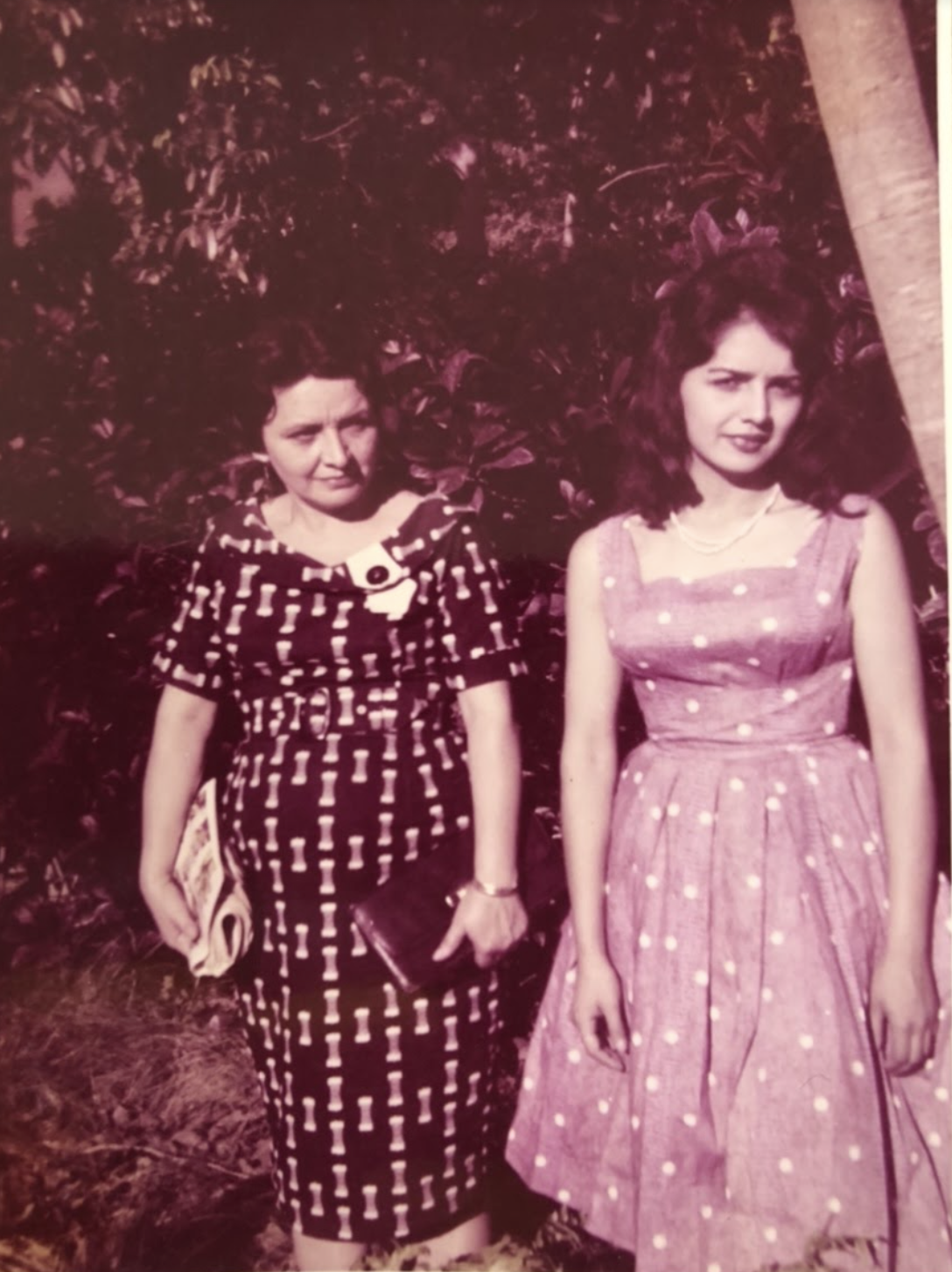1950’s Singer Sewing Machine
This research project began when I found my great grandmothers’ singer sewing machine from the 1950s lost in our basement. I researched the history of the sewing machine, I cleaned and restored the machine finding objects left by my great grandmother inside and I interviewed my grandmother about her mother who owned this object.
History
-
The invention of the sewing machine marked the ready-to-wear clothing industry that took fashion and clothing consumerism to another level. It was also the first machine to go into the home.
-
It is not possible to credit one person with the invention of the sewing machine because, like many notable inventions, it was developed over time and used collective thinking to become a working product.
“The invention of the sewing Machine” by Grace Rogers Cooper. begins by explaining when sewing was created and shows drawn pictures of the tools used for sewing.
She proceeds to explain that the invention of the sewing machine is not a simple one.
The sewing machine came about combining many inventors’ ideas, failed attempts, and inventions to finally bring it to fruition.
The author explains that history always wants to credit one or two people but the reality of the sewing machine is much more complicated.
-
The book Singer and the Sewing Machine: A Capitalist Romance goes into detail about the life of Isaac Singer who is incorrectly regarded as the man who invented sewing machines.
While he did not invent the sewing machines, Isaac was an incredible businessman that was influential in popularizing the sewing machine.
Singer redesigned the machine for practicality, mass-marketed it, and also figured out payment options so that more people could afford a sewing machine.
Singer is also is known for his partying, women, illegitimate children, fraud, 19th-century capitalism, and the empire he created.
He was definitely a visionary and his company is still one of the best companies for sewing machines.
-
For women who made clothes for themselves and their families, the machines liberated them from hours of tedious hand sewing.
For the middle class, it was possible to have elaborate clothes made by a seamstress in a shorter time, on machines in their homes, and they expected the work to be done more quickly, for less money.
For the rich, dressmakers produced the most fashionable garments which often required both machine and hand sewing.
In spite of the Crimean War, it was said in 1856 that ‘there seems no abatement in the richness and costliness of ladies’ attire’. Yet the workers were ill-paid.
Sewing machines were not liberating for women who tried to make a living by sewing.
Those who worked in sweatshops worked harder and harder but then had their piece-rate wages lowered.
Women factory workers in the clothing trade earned better wages than those in sweatshops – around 13s. 6d. a week in the early twentieth century, but work depended on demand which was seasonal.
-
Pilar Matá was a young girl when she developed a passion for sewing and dress-making.
She devoted much of her time to perfecting her craft and after marrying Francisco Matá, she would soon contribute to her family’s income using her skills as a seamstress.
Over the course of this project, I was able to interview my grandmother and learn more about my family history. After purchasing this sewing machine around the 1950s, it became my great grandmother’s prized possession and the machine she used until her passing.
My grandmother remembers how much she loved coming home to new dresses each day and when things were worn a few times, her mother would re-use the fabric for stay-at-home gowns or accessories.
Below are some photos of my grandmother, her sister, and their mother wearing dresses made by my great-grandmother who owned this machine.
